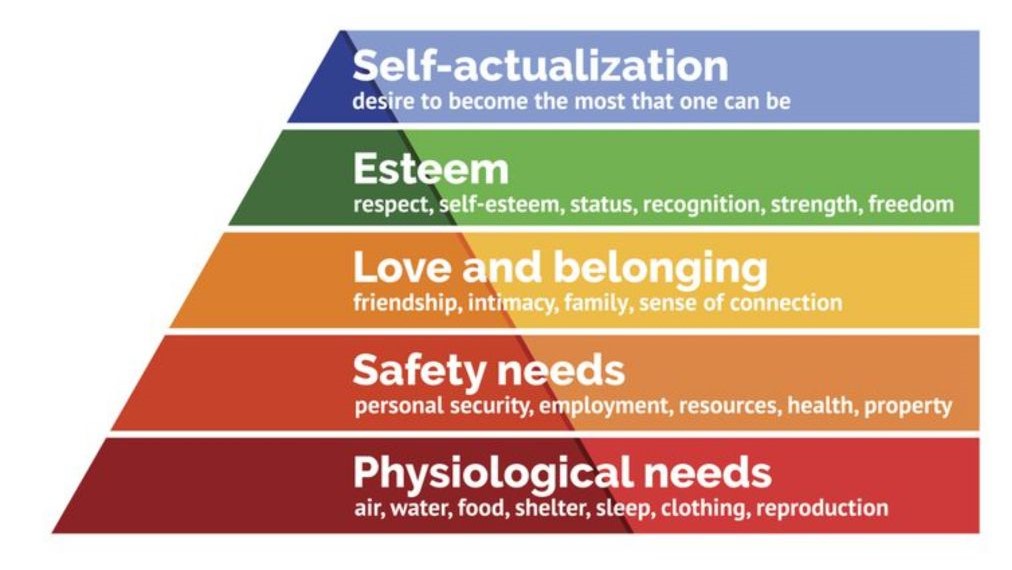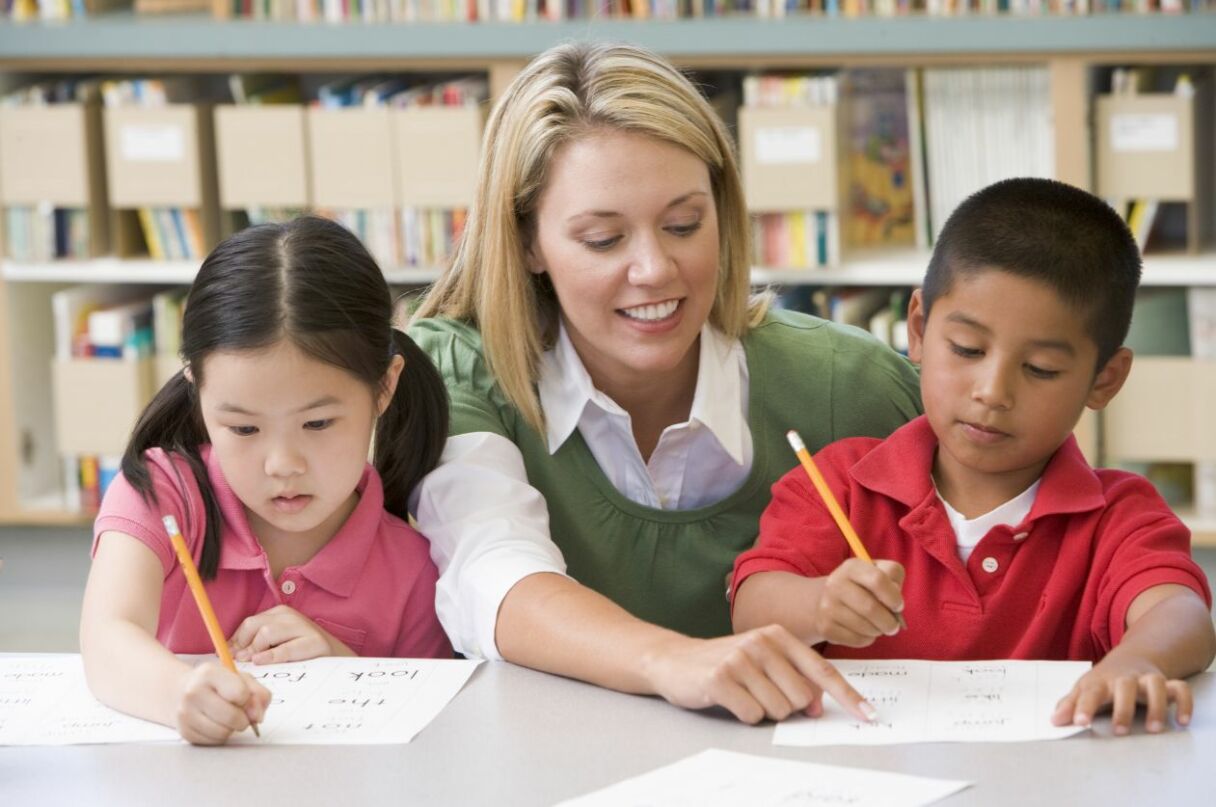What is Holistic Education?
This innovative concept was coined by Jan Christian Smuts in the 1980s and it is a system that continues to be studied by educators today. However, the roots of this educational movement come from Greek philosophy which believes in the idea that the world is a ‘single whole’.
It is also inspired by some indigenous cultures with its ancestral knowledge, and wisdom as well as a combination of self-motivated growth philosophy and experimental learning techniques. A compatible formula for developing a free-thinking and conscious individual.
Holistic education is an approach to learning which focuses on all aspects of an individual, rather than just their academic or intellectual development.
One of the fundamental key principles of Holistic Education presents learning as something that should be relevant and meaningful to students. This means that each student should be able to recognize and engage with the subject material as well as adopt it in their daily life…
Additionally, another crucial aspect of this teaching method is that it places a strong emphasis on creativity and critical thinking. Students are encouraged to think freely, question assumptions, and be inspired to seek out new perspectives. Pupils are also pushed to take risks and learn from any mistakes.
This practice also places a strong emphasis on a sense of community and collaboration. Students are encouraged to work together and support one another throughout their learning with the aid of many activities such as group projects, peer tutoring, and community service work.
Believe it or not, physical education and mindfulness practices are crucial in Holistic Education. This includes activities such as yoga, meditation, and other mind-body practices that support students to develop self-awareness and manage self-regulation.
Maslow’s Hierarchy of Needs
“Human beings are motivated by goal accomplishment. Achieving goals allows humans to meet their individual wants and needs. Needs are mentally prioritized in order of importance” – Maslow, 1943

Maslow’s Hierarchy of Needs is a theory that can be applied in Holistic Education to help teachers understand the different needs of students and know how best to meet them. It is possible for schools to incorporate and teach a Holistic curriculum.
Simple steps can be taken, such as a place-based approach, which involves learning within places of the local community, working with residents, and learning about the local environment.
Or, making an inquiry-based learning program where students delve into what they are being taught and engage more with the subject material. More so, to embrace the arts, painting, drama, and music, and being able to form a mind-body connection. Even introducing something through sport, for example, yoga for 15 minutes a day can increase focus and concentration levels as well as relieve stress and decrease anxiety.
This theory clearly shows that before the student is an open channel of learning, they must have their basic needs met. Schools are not just a place to learn, but they are also a community that offers students a sense of belonging.
Are you nourishing these needs well enough to bring the best out of your students? Using this pyramid as a guide to address and take each step to ensure your classroom is a commune for learning.
Research has shown that people with an average IQ (intellectual intelligence) but a high EI (Emotional intelligence) are more successful than those with a high IQ but a low EI. This is why today, early childhood educators are challenged to integrate a teaching practice that is dedicated to nurturing and developing all aspects of an individual: physical, emotional, psychological, and spiritual.
This is the best method of seeing the growth of an integrated human being who has a sense of being, of belonging to a community, whose mind and vision extends more than just going to school to learn and pass exams to get a job. Someone who realizes that in this cooperative there is a collective fellowship of human beings.
Take into account the student-teacher roles within the class and use them to form an education system that focuses and engages on all aspects of the learner including mind, spirit, and body as a unity that has the sole emphasis on building a positive environment in the school which in turn encourages positive behavior in student.
This transmits into our society, so we are able to create an equal and fair society that is based on community, and unity and create a community where everyone can self-transcend.
We as teachers have the future seeds in our hands to plant, one that will help students grow into sentient, tenacious, harmonious people who will bring positive change to our society and our community needs.
How to introduce Holistic Education into your classroom?

There are a variety of educational models that are used within Holistic Education.
Experiential Learning
A more hands-on approach, in which students decide which learning style suits them and their group the best. This builds a collective class that can collaborate and constructs a learning system that promotes problem-solving and innovative ideas.
Self-guided Learning
A method in which students use their motivation and interests to learn at their own pace whilst evaluating their own learning experiences and therefore giving the teacher the right feedback to help steer the curriculum toward the students’ strengths and weaknesses.
Community Learning
As schools are community-based and are indeed the heart and foundation of any prosperous town, why not allow this approach to teaching to diffuse across a wider audience and establish it as an integrated part of our curriculum?
This could be achieved by the introduction of after-school clubs, summer programs, or volunteer and action-based schemes, where students go to help their local environment or contribute to organizations to help their local community.
This communication-based learning facilitates students’ understanding that they make part of the whole image. By helping their community they are not only helping others but they are equally helping themselves grow as individuals and work better in team environments as they start to recognize the opportunity and growth around them.
Additionally, this creates a rapport between teachers, parents, and other members of the community which unites them and established a solid learning environment and coalition, in contrast to the current education system which is more unconventional and requires a more individualistic mentality that is undoubtedly reflected in the world around us.
Interdisciplinary Coursework
This technique aids with cognitive growth by studying multiple subjects that are addressed together. Integrated programs of subjects taught by teachers with various disciplines come together to teach thematic courses that explore different issues and multiple perspectives.
It offers students a magnitude of topics to discuss taught by various teachers with different sets of expertise and thus enlightens cognitive development in students.
Teachers who specialize in different areas teach an array of thematic courses that could be in the form of independent study, field trips, group projects, or internships.
These growth-based activities encourage students to look at both sides of the coin and examine material in more depth as well as learn by a more empathic and cognitive method which will in turn develop the student’s ability to assess situations from different perspectives logistically.
It also helps to cultivate leadership skills and develop a sense of belonging in a community-based class to then go on to develop the rules and structure of the class. This principle also applies when working with fellow teachers, as well as dealing with parents.
Holistic Teaching Strategies

What is the role of a teacher?
In contrast to traditional teaching practices, within Holistic Education, the teacher plays a crucial role of a facilitator rather than the traditional “sage on the stage”. Teachers are trained to create a supportive and stimulating learning environment, where students feel safe to take risks and freely express themselves.
There are various teaching strategies within Holistic Education that can be implemented within the classroom.
Strong Student-Teacher Relationships
Educators need to be aware and observant of their student’s personal growth and foster and support their development. They can do this by creating a trusting rapport with the student which has a positive impact on learning as it increases the student’s motivation, boosts performance, and elevates success rates.
At-risk students have a higher chance of success when they feel safe and nurtured. We can adapt the nature vs. nurture theory to this principle, at-risk students succeed more because, in a nurturing environment that feels safe, they are more capable of trusting others and being more open with their peers as well as engaging with more committed responsibility within the classroom.
In a safe and nurtured environment, close community bonds form. This goes hand in hand with encouragement and recognizing the students’ unique strengths, by focusing lessons on realistic and relevant issues in the students’ lives.
Encouraging Self-Confidence
Education is not solely about academia, and students need to be able to believe that beyond the scope of the school, they have the ability to succeed.
Teachers can help to establish self-confidence within individuals by providing them the possibility to break down information and communicate their understanding of the material in various ways.
By recognizing students’ unique strengths and personalities, teachers can enhance and modify their lessons to make them specific to the students’ lives and focus on realistic issues, teaching them how to overcome these issues by encouraging self-confidence.
Incorporating Emotional Reflection
By encouraging emotional reflection in daily routines, teachers are able to provide students with moments of emotional reflection, meditation, and contemplation.
Teachers can act as a mirror within the class, by focusing on the student’s emotional and mental well-being. By introducing time for reflection or mindfulness within the classroom. An example of this could be 5 minutes of meditation a day or reflecting and debating on current issues.
Perhaps the teacher may question the students about their emotions to help them get to the root of their feelings and try to find an innovative way of channeling their emotions, such as learning to channel rage into creativity or use happiness in poetry. The teacher may open with a question and give the students the right tools to journal their emotions and feelings.
The Benefits of Holistic Education
We can observe the benefits of this teaching approach, such as:
- Emotional intelligence;
- Confidence;
- Social ability;
- Compassion;
- Fine and gross motor coordination;
- Responsibility;
- Creativity;
- Self-agency;
- Community belonging and teamwork skills;
- Self-awareness.
Conclusion

To conclude, we can see the real benefits that this education system has. Although only a few points have been mentioned, this is just the scratch of the surface.
There is a profound depth of study yet to be examined within holistic education, not only this but new doors and new methods of teaching are yet to be discovered. Teachers should explore this method to see how it can be aligned to enhance the classroom or curriculum flow state.
Go forth and read more on the subject and learn about the philosophers, pioneers, and practices of this educational method to open new possibilities and opportunities for your classroom of students.
If you want to discover more about innovative ways to transform your classroom, have a look at one of our relevant courses:
- Collaborative Leadership: Empowering School Communities for Change
- Effective Pedagogies for 21st-Century Learning
- Holistic Approaches to Early Years Education
References:
- Argyros, I. (n.d.). (PDF) Aspects of the holistic approach in teaching. [online] ResearchGate. Available at: https://www.researchgate.net/publication/284367408
- _Aspects_of_the_holistic_approach_in_teaching. Drew, C. (2020). What is Holistic Education? (2020) – Benefits & Limitations. [online] Helpful Professor. Available at: https://helpfulprofessor.com/holistic-education/.
- Kline, T. (2019). Applying Maslow’s Hierarchy of Needs In Our Classrooms. [online] ChangeKidsLives. Available at: http://www.changekidslives.org/actions-4.
- Loveless, B. (2019). Holistic Education: A Comprehensive Guide. [online] Educationcorner.com. Available at: https://www.educationcorner.com/holistic-education.html.
- soeonline.american.edu. (2022). Available at: https://soeonline.american.edu/blog/what-is-holistic-[Accessed 15 Feb. 2023].
- Sprig Learning. (2021). 15 Characteristics of Holistic Learning. [online] Available at: https://www.spriglearning.com/15-characteristics-of-holistic-learning/.

